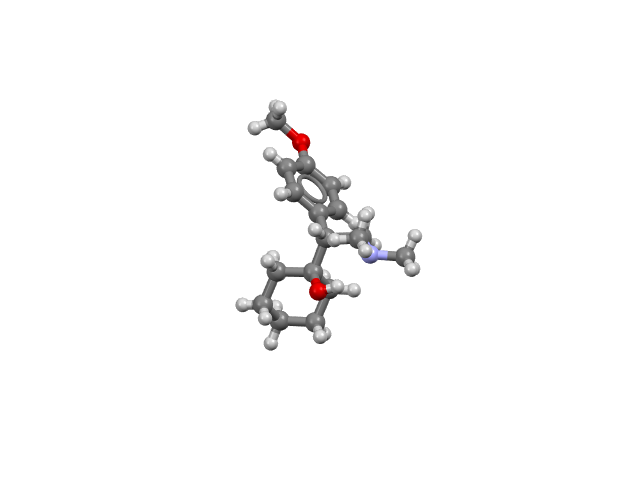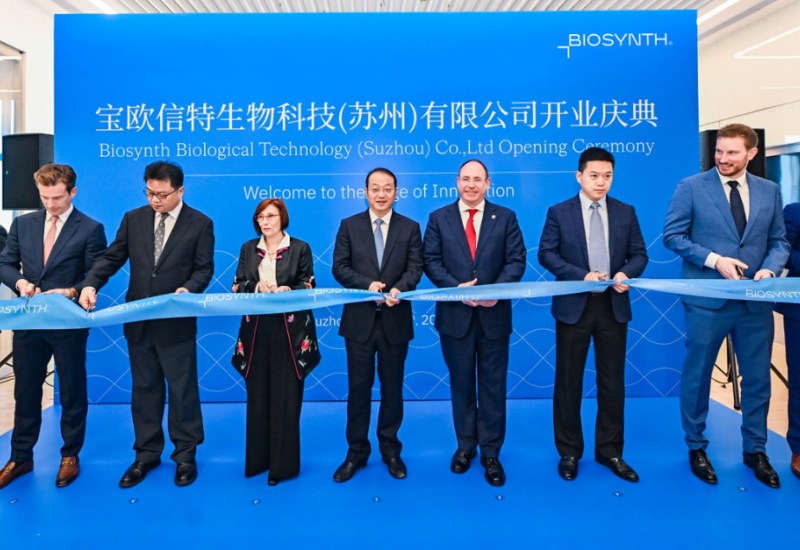Expanding the chiral pool
A team led by Mark Walsh and Matthew Kitching from Durham University has published an article in JACS Au, detailing how they found nearly 1,800 conglomerate crystal structures within the Cambridge Structural Database (CSD). These are molecules that are synthesised by racemic methods but which show spontaneously enriched chirality upon crystallisation.
This figure is 38% of the predicted chiral conglomerate compounds contained within the CSD. It greatly augments the limited biological chiral pool of synthetic building blocks used by medicinal chemists in drug synthesis, thus opening new synthetic routes to existing drugs, according to the Cambridge Crystallographic Data Centre, a non-profit partner of the University of Cambridge, which funds PhD research in the field.
The researchers first mined the approximately 1.2 million crystal structures in the CSD for those in Sohncke space groups with the potential to be chiral. This produced a subset of over 21,000 crystal candidates. The literature was then examined to identify those that were produced by conglomerate crystallisation. 1,800 compounds were identified that were synthesised by racemic methods but spontaneously crystallised in an enriched chiral form.














